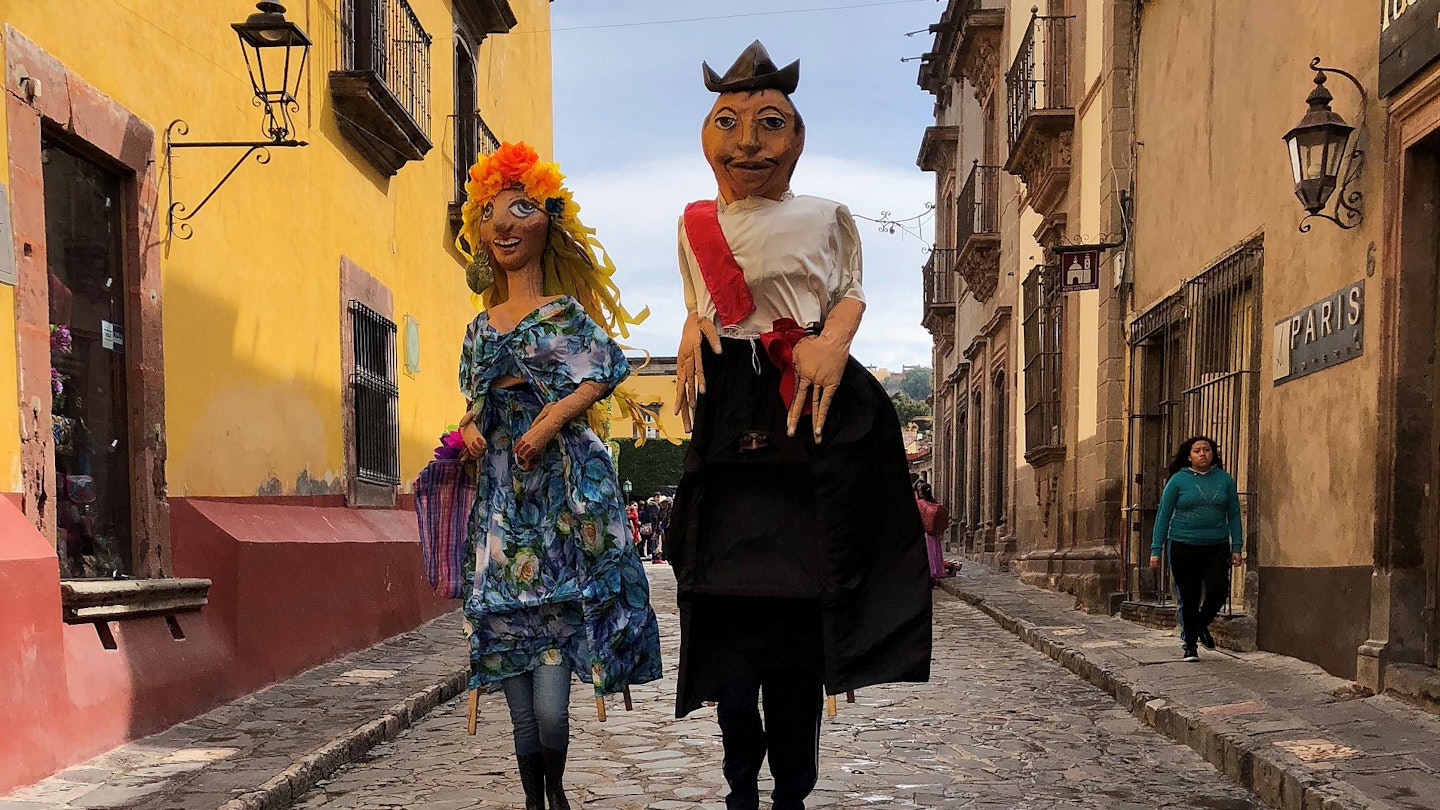Latin America has contributed some of the biggest names in contemporary art, from Fernando Botero to Frida Kahlo. However, for those keen to immerse themselves in the local artistic scene, the region can be quite challenging. While major hubs like Mexico City, Buenos Aires, and São Paulo are excellent starting points, there are seven lesser-known cities in Latin America that truly embody a vibrant art culture worth exploring.
Valparaíso, Chile

The salt-worn seaport of Valparaíso, located 115km west of the Chilean capital Santiago, attracts Latin American artists with its prismatic murals. These vibrant works transform entire city blocks and can be explored while riding funiculars up into the city’s 42 hills, which form an amphitheater around the Pacific Ocean.
The classic cerros (hills) for striking graffiti include Cerro Alegre and Cerro Concepción. If you venture further, you’ll discover more art at Cerro Cárcel, home to a lively cultural center, and Cerro Mariposa, where the colorful container hotel Winebox Valparaiso hosts an annual festival combining wine and graffiti. Cerro Florida features additional art at the open-air gallery Museo a Cielo Abierto and La Sebastiana, the eccentric home of the late Nobel Prize-winning poet Pablo Neruda.
San Miguel de Allende, Mexico

In-the-know New Yorkers and Angelenos frequently choose this colonial-era town in Mexico’s central highlands over the beaches of the Riviera Maya. This decision is no surprise, given the plethora of high-end galleries that line San Miguel’s cobblestoned streets.
Popular among American expats, this cosmopolitan city offers numerous options for discerning visitors, from the artistic Galería Atotonilco to Escuela de Bellas Artes, a fine-arts school housed in a historic monastery. Daytime activities include exploring art markets like the artisanal Mercado de Artesanías or the fancier Fábrica La Aurora, situated in a converted textile factory. At night, enjoy art-filled venues such as the vegan taquería Don Taco Tequila or the trendy Berlin.
Punta del Este, Uruguay

It’s easy to understand why Punta del Este has garnered the title of the “Saint-Tropez of South America.” This beach resort along Uruguay’s calm Atlantic coast is not only one of the most upscale destinations in the region, but it also features art galleries tucked away in its backstreets, perfect for post-beach exploration.
The best time to visit is January, during the annual art fair Este Arte, which showcases a curated selection of contemporary works from Latin America and beyond. Nonetheless, there are numerous reasons to visit throughout the year.
Instagram enthusiasts often take photos at La Mano en la Arena, a giant sculpture of a hand emerging from Playa Brava. For serious art lovers, the Museo Ralli boasts an impressive collection of contemporary Latin American art, while Galería Sur displays the constructivist works of renowned Uruguayan artist Joaquín Torres García. Additionally, consider a quick day trip to the nearby Garzón wine region to enjoy fine Tannat and Albariño wines alongside exceptional photography at Photology.
Antigua, Guatemala

Hidden behind the colonial architecture of the charming town of Antigua are over a dozen galleries featuring affordable and high-quality art pieces. Notable among them is La Antigua, showcasing works by more than 70 Latin American artists in a beautiful colonial mansion. Nearby, Nim Po’t and Centro de Arte Popular offer ceremonial masks, wood carvings, and folk art for purchase.
You can learn to weave traditional Mayan designs at Museo Casa del Tejido, which is located at the town’s outskirts. Furthermore, consider dining at unique establishments such as Fridas (named after the famous Mexican artist) or Sobremesa, where art meets gastronomy, to enhance your creative experience.
Brumadinho, Brazil

Nestled near Brazil’s third-largest city, Belo Horizonte, the small town of Brumadinho is home to the world’s largest open-air contemporary art museum.
Founded in 2006 by former mining magnate Bernardo Paz, the Instituto de Arte Contemporânea Inhotim spans 500,000 acres and features monumental works, including The Magic Square by Brazilian artist Hélio Oiticica, Narcissus Garden by Japan’s Yayoi Kusama, and Beam Drop by Chris Burden from the USA. These artworks are beautifully intertwined with over 4000 species of plants within stunning botanical gardens.
In addition to its vast collection, Inhotim boasts 23 gallery spaces and 10 restaurants, creating a cultural haven set in the Brazilian wilderness. Plan to spend at least one full day for a comprehensive experience!
Tlaquepaque, Mexico

A significant portion of what we adore about Mexico, such as tequila and mariachi bands, originates from the state of Jalisco. Situated just outside its capital, Guadalajara, lies the charming village of Tlaquepaque, where visitors can enjoy mariachi concerts at El Parián alongside tequila tastings at La Cata.
This quaint town is renowned across Latin America for its ceramics, wood carvings, and blown-glass artworks. Trendy boutiques, modern galleries, and elegant homeware shops can be found along the pedestrian Calle Independencia, with majestic churches reaching for the sky above.
Must-visit museums include the pottery-centered Museo Regional de la Cerámica and Museo Pantaleón Panduro, as well as Galería Sergio Bustamante, dedicated to the famed surrealist sculptor.
Resistencia, Argentina
Situated on the edge of the Gran Chaco, the second-largest forest in South America after the Amazon, you will find Resistencia, a provincial capital that surprises with its vibrant art scene. Known as “the city of sculptures,” it boasts over 650 pieces of public art spread throughout its streets. This reputation stems from the Bienal de Escultura, a biennial festival that attracts ten renowned Argentinian and international sculptors every other July.
The festival headquarters, the MusEUM, offers insights into recent works and provides maps for DIY walking tours around the city.
Resistencia exudes a bohemian atmosphere that stands in stark contrast to the surrounding agricultural landscapes, where cattle ranchers and soybean farmers are predominant. Immerse yourself in the culture at El Fogón de Los Arrieros, a cultural center adorned with outsider art and filled with tango performances.





